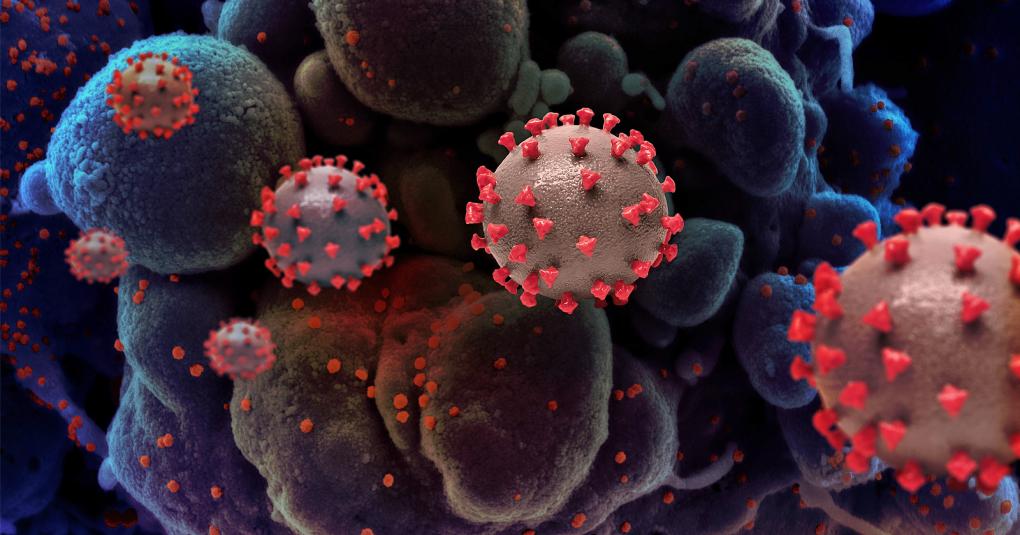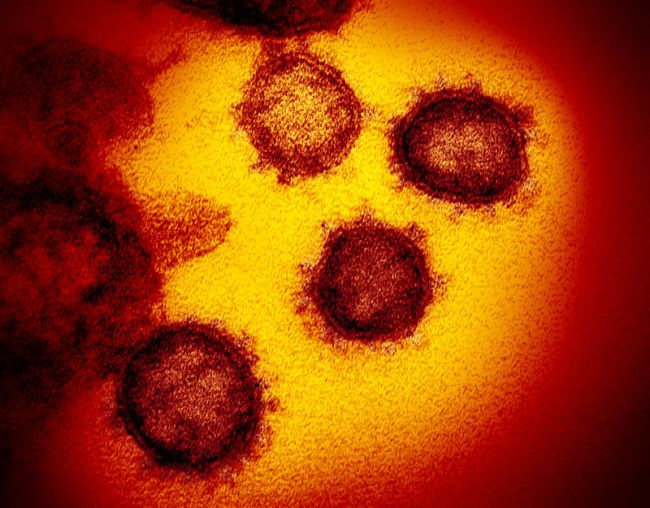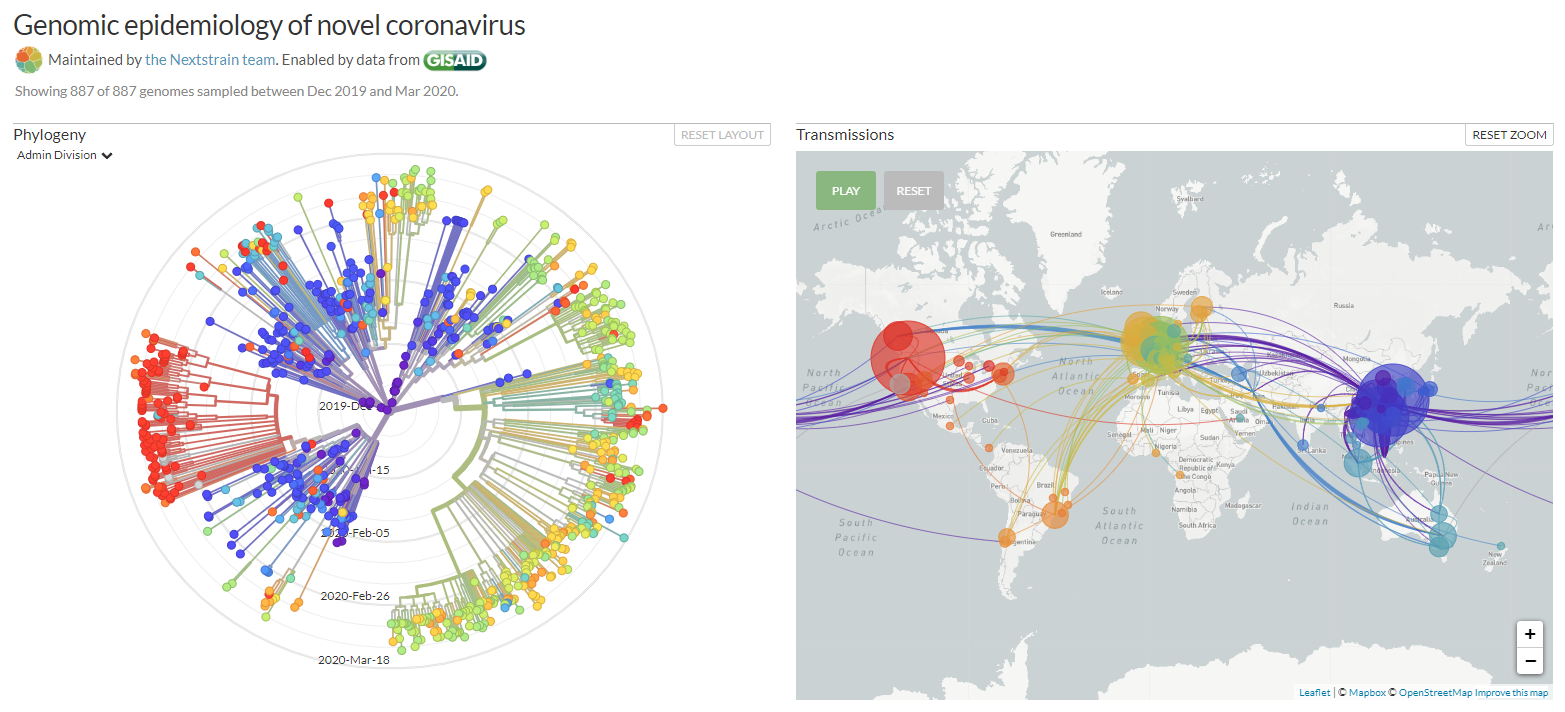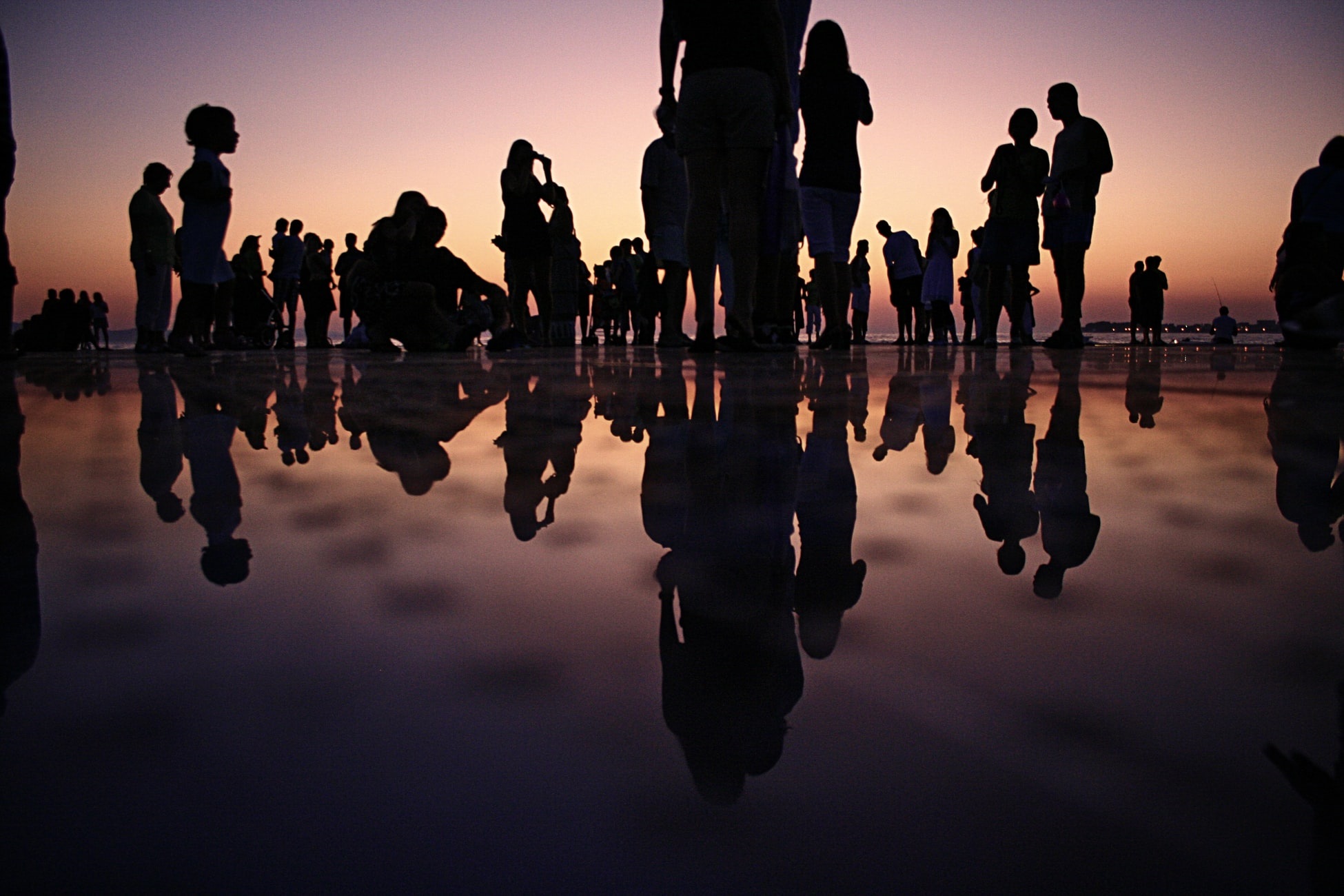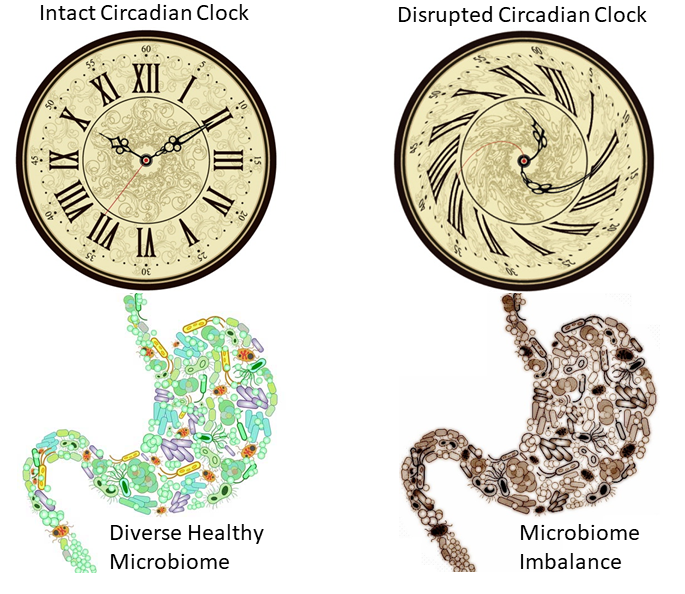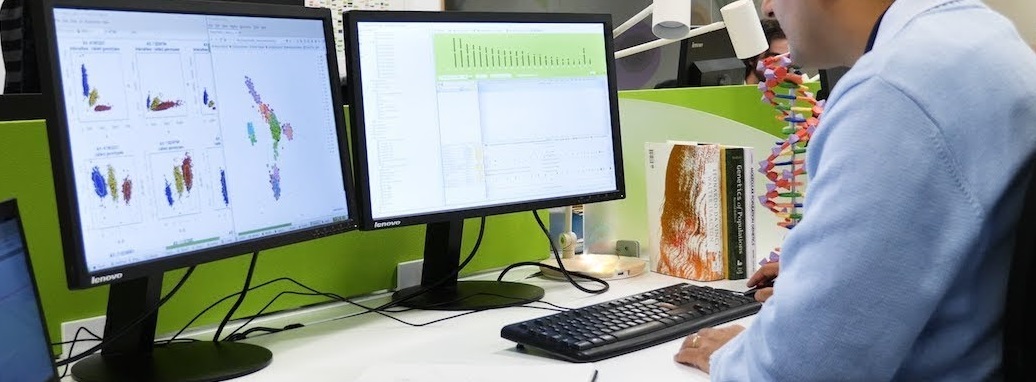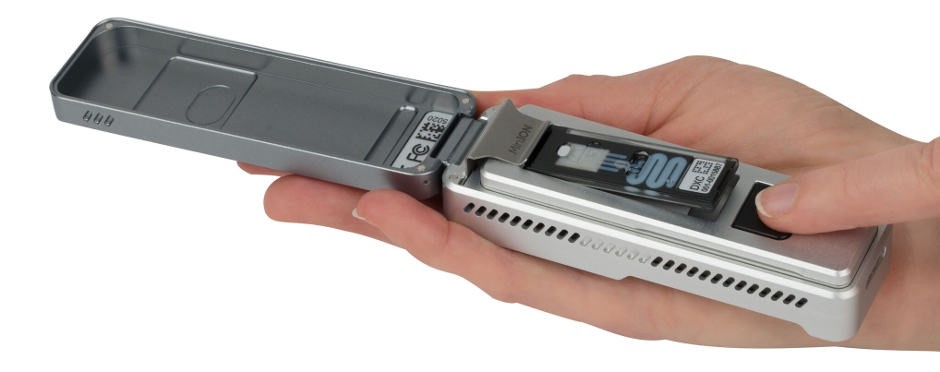
Latest Table Update: August 8, 2020 (Table below text)
Some say the coronavirus is just like the flu. Is it? The answer is that while there are similarities, no, the coronavirus is not like the flu. It is different in many important ways. The main difference is the fact that when it spread in early 2020 in the Western world, people did not have immunity to the coronavirus because it was brand new and there is still no vaccine against it. No reason to panic but we should be cautious. The most similar virus based on the RNA sequence is SARS not influenza. The risk to children is moderate for coronavirus but is high for influenza. The mortality rate for coronavirus is much higher than influenza and varies between countries. The mortality rate in August 2020 was (5.3% in China) (14% in Italy) (2% in South Korea) (3.3% in USA), while for influenza it is 0.1% as measured in the 2018-2019 influenza season. The risk for the elderly is about 20% higher for coronavirus. The time that people who are infected with coronavirus remain infectious or contagious is 17-24 (middle 50%) while for influenza it is 8 days. Coronavirus survives on surfaces for up to 9 days while the flu virus only 2 days. On May 1 2020, the FDA issued an emergency use authorization (EUA) for the investigational antiviral drug remdesivir for the treatment of COVID-19. On June 15 2020, the FDA revoked the EUA for drug Hydroxychloroquine as a drug to treat coronavirus infections due to risk of heart rhythm problems.
The numbers in this table will be updated as new data is reported by reputable organizations such as the World Health organization (WHO) and Center for Disease Control (CDC) of countries that are funding and managing them well.
Read more
